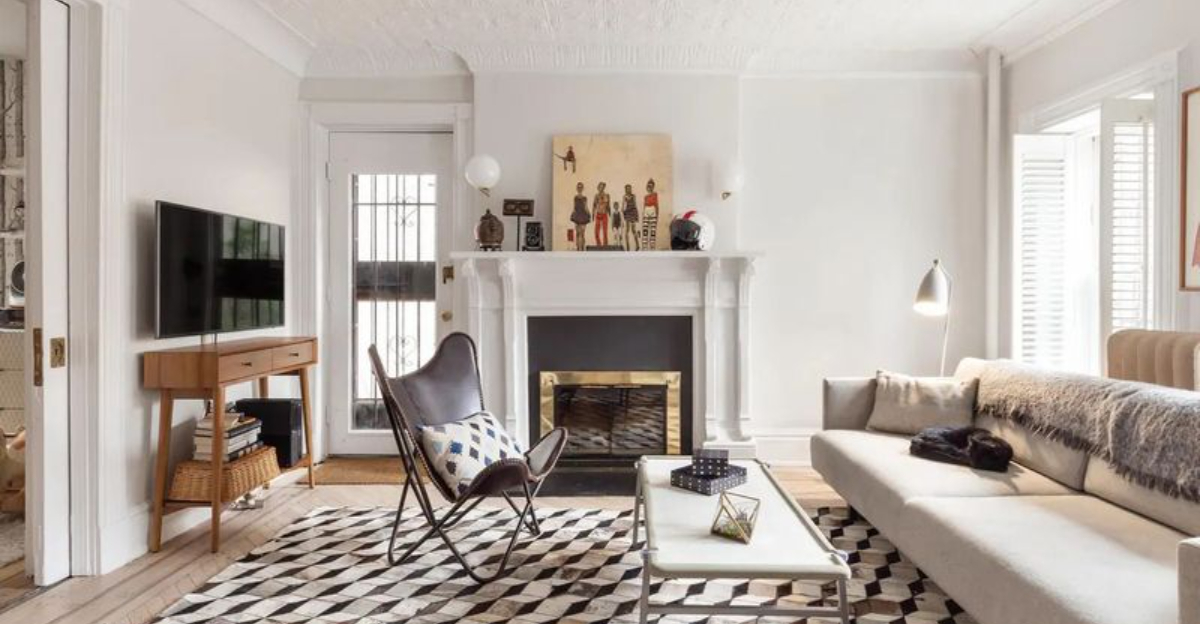Open floor plans are all the rage, offering flexibility and a sense of spaciousness. Yet, they can sometimes feel too vast, losing the cozy charm many seek. The challenge lies in crafting intimate areas without disrupting the open flow.
Fortunately, there are creative solutions to this conundrum. This article promises to guide you through 15 innovative and practical ways to transform your open-plan home into a haven of cozy, inviting spaces while maintaining its seamless design.
1. Chic Folding Screen
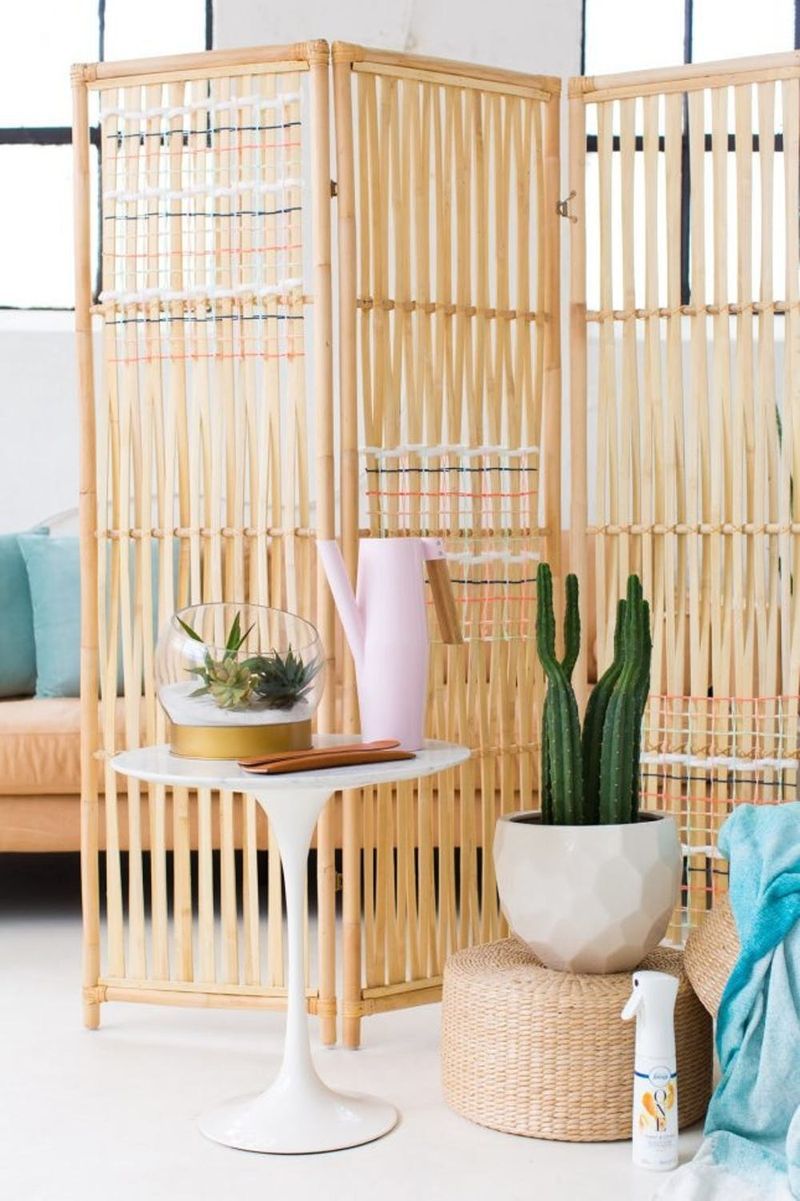
Unveil an unexpected privacy wall with a chic folding screen. Versatile pieces offer privacy while adding a splash of style. Look for screens with intricate patterns or lush fabrics to elevate an open space. Portability allows rearranging as needed, ensuring the space remains dynamic and personal.
2. Multi-functional Bookshelves

A library wall that doubles as a boundary. Multi-functional bookshelves offer storage and style while defining areas. Populate them with books, plants, and treasures to express your personality. Creating a visual stop, each corner feels like its own retreat.
3. Cozy Area Rugs
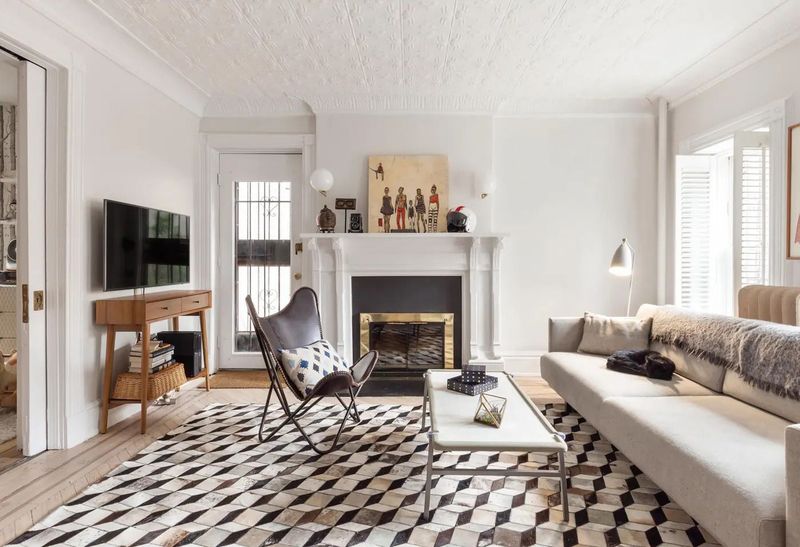
Lay down a plush area rug to define cozy zones. Soft underfoot, these rugs draw eyes and feet, creating a sense of intimacy.
Choose colors and patterns that complement your decor, making each area distinct yet harmonious.
4. Hanging Plants

Introduce nature’s tranquility with hanging plants. Suspended greenery creates a visual barrier without cluttering the floor.
Vary the heights and types of plants to craft a lush, living divider that refreshes your space.
5. Pendant Lighting
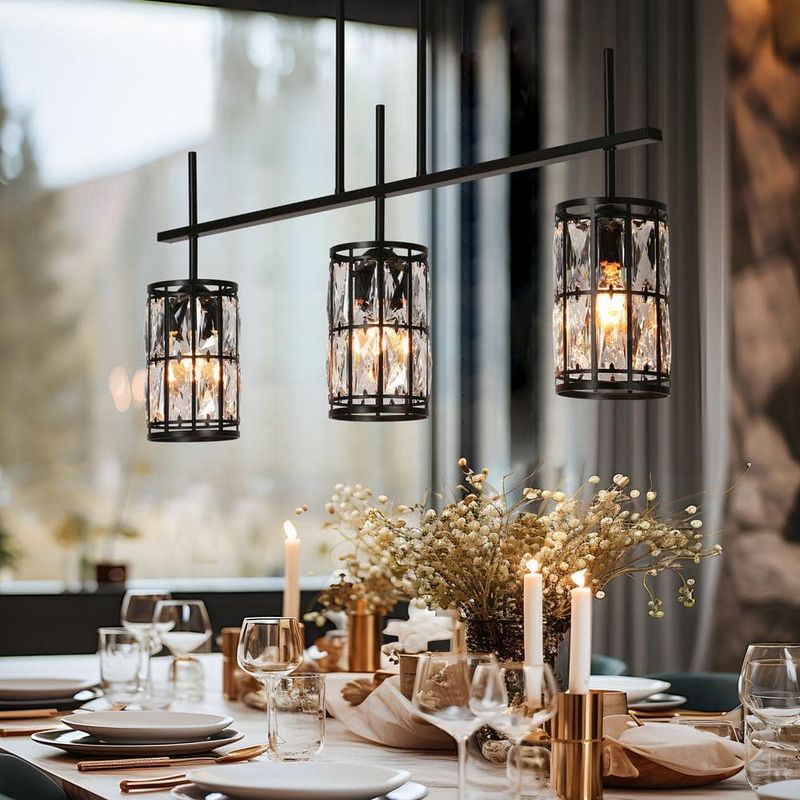
Illuminate your space with pendant lights to create intimate settings. Focused lighting draws attention to specific areas, making them feel unique.
Go with styles that reflect your taste, whether modern or rustic, to enhance your aesthetic.
6. Accent Walls
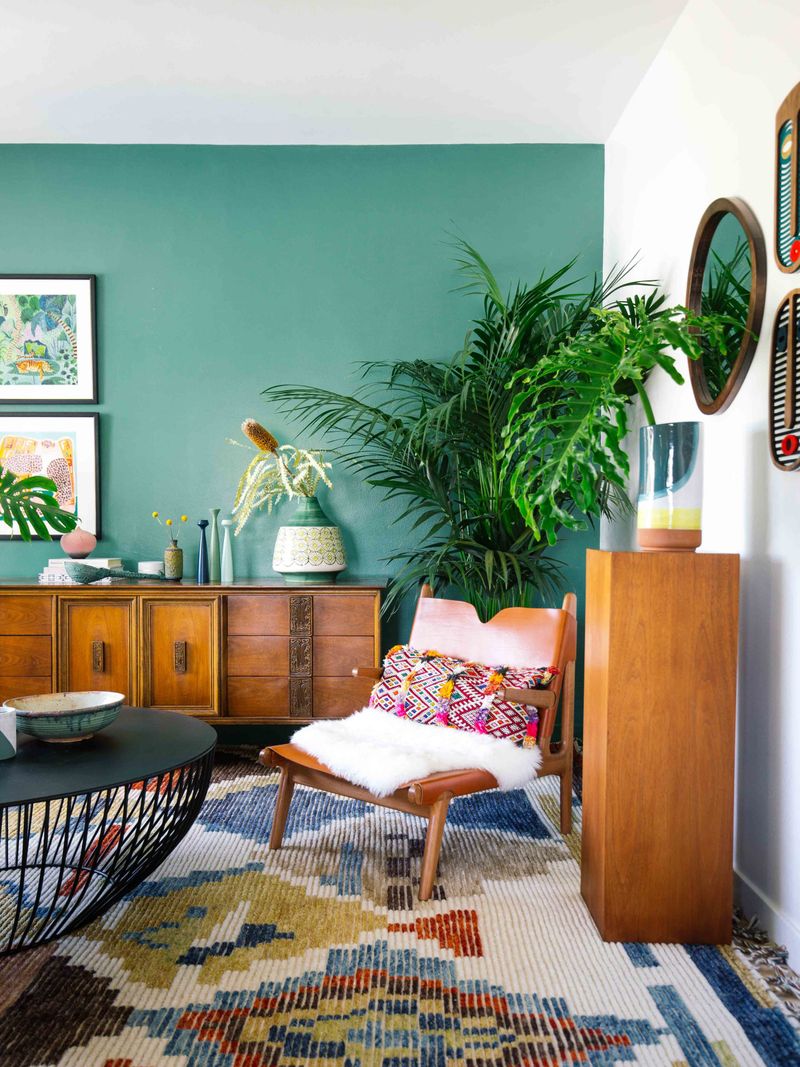
Paint an accent wall to visually separate spaces. A bold color or pattern can dramatically transform how an area is perceived.
Select hues that resonate with your style, offering a focal point that divides yet connects.
7. Architectural Beams
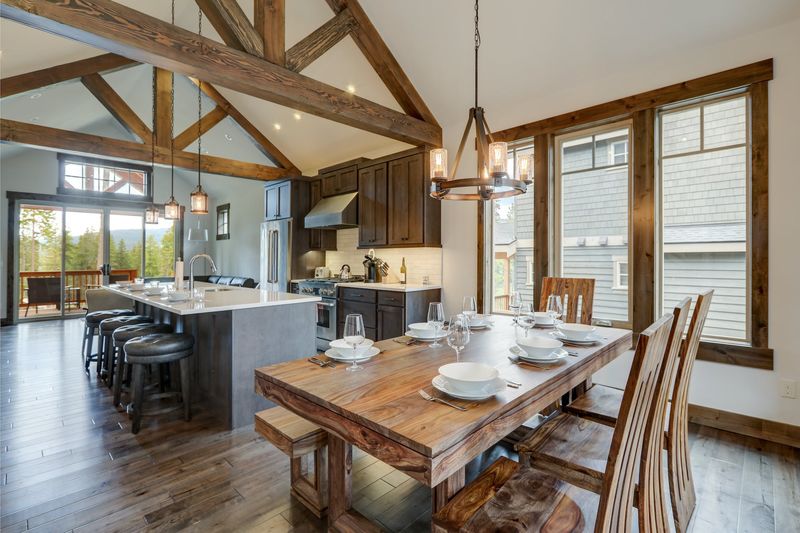
Embrace existing architectural features like beams to delineate areas. These elements add texture and depth, subtly dividing spaces.
Highlight them with lighting or color to enhance their natural charm.
8. Strategic Furniture Placement
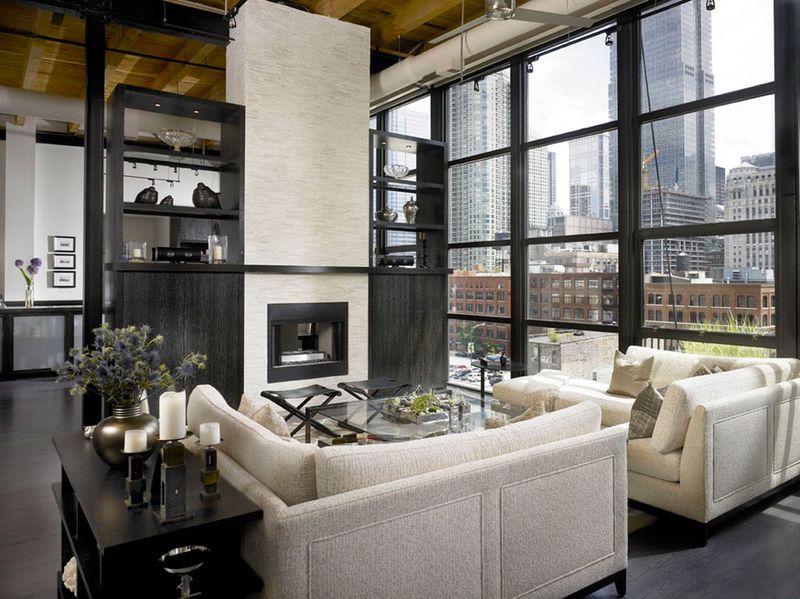
Arrange furniture to anchor spaces effectively. Position a sofa toward a focal point like a fireplace to craft a cozy conversation area.
This method shapes the experience, making each section feel purposeful and inviting.
9. Textured Fabrics
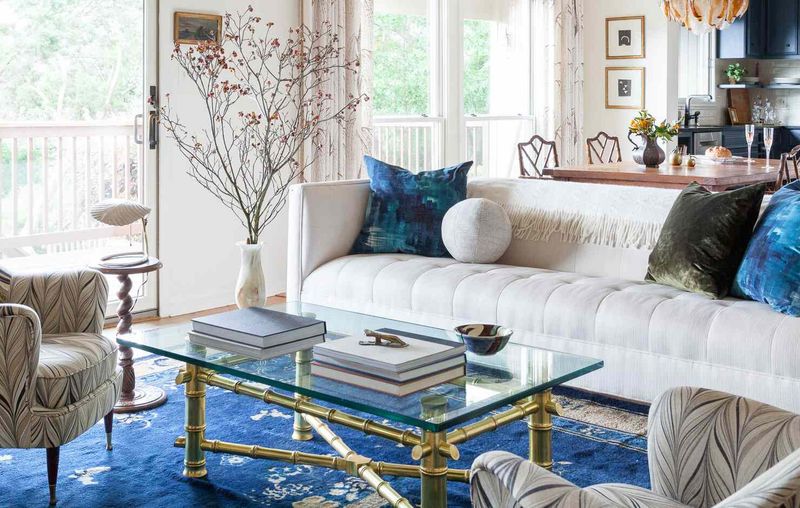
Infuse warmth with textured fabrics like woven throws and plush cushions. These elements add depth and a tactile dimension.
Layering textures fosters a comforting ambiance, turning vast spaces into cozy retreats.
10. Scented Candles and Oils
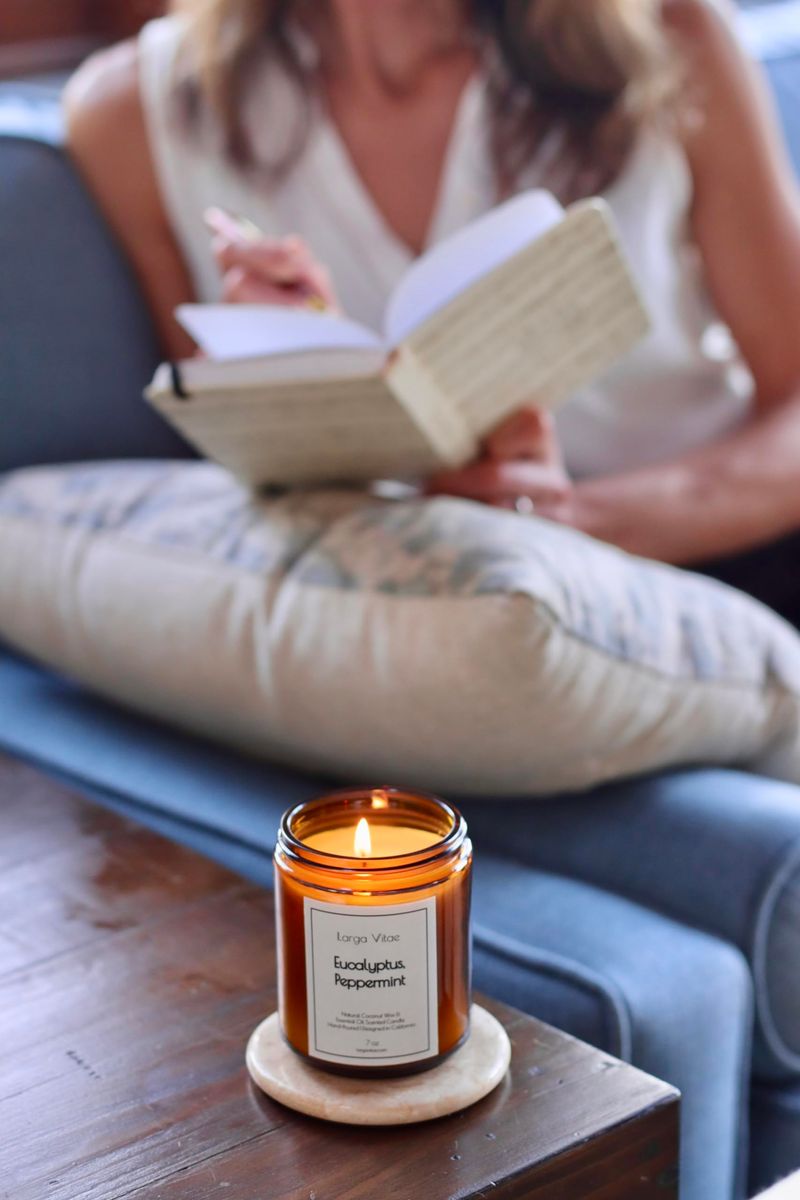
Engage the senses with scented candles and oils. Fragrances create a peaceful atmosphere, enhancing intimacy.
Select calming scents to define each zone’s mood, inviting relaxation and comfort.
11. Decorative Lighting
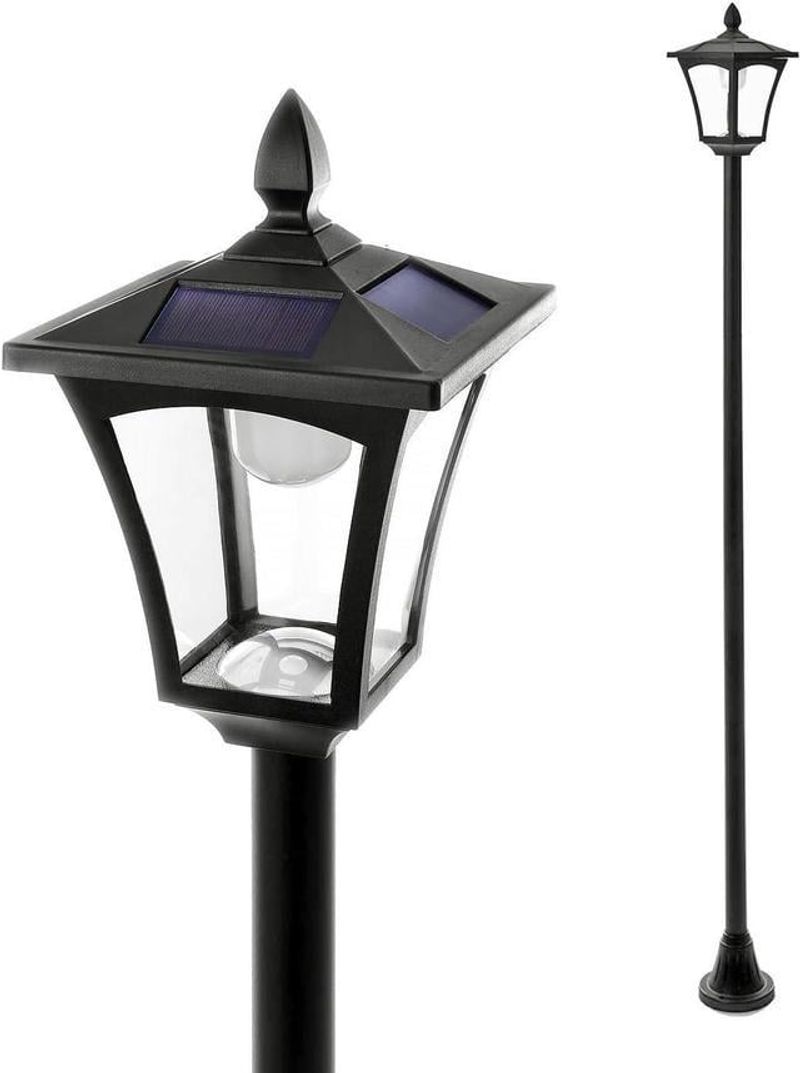
Use decorative lighting to accentuate zones. Floor lamps or sconces can guide the eye and define areas subtly.
Opt for designs that complement your decor, providing functional beauty.
12. Wall Art

Adorn walls with art to create visual boundaries. Large pieces or galleries can make a statement, guiding the flow.
Art adds personality while segmenting the space elegantly.
13. Color-coded Zones

Define areas with color-coded zones. Use distinct palettes for different spaces to establish boundaries.
Such technique can subtly guide movement and create individual atmospheres within one room.
14. Soundproofing Elements

Incorporate soundproofing elements like fabric wall hangings and rugs to muffle noise. This enhances auditory privacy, defining zones.
These kinds of additions make spaces feel more intimate and secluded.
15. Mixing Styles
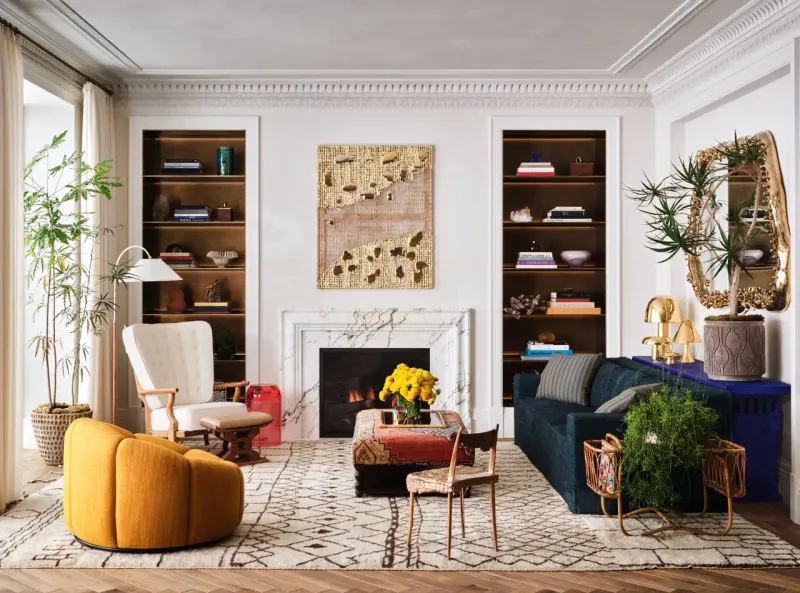
Blend different styles to create distinct zones. Mixing modern with vintage adds depth and diversity, making spaces feel unique.

